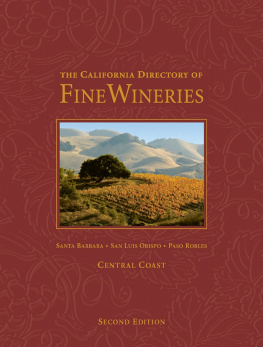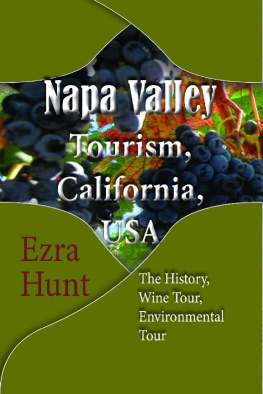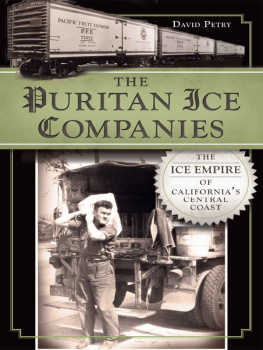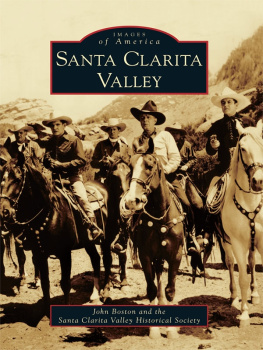

THE CALIFORNIA DIRECTORY OF
FINE WINERIES

SECOND EDITION
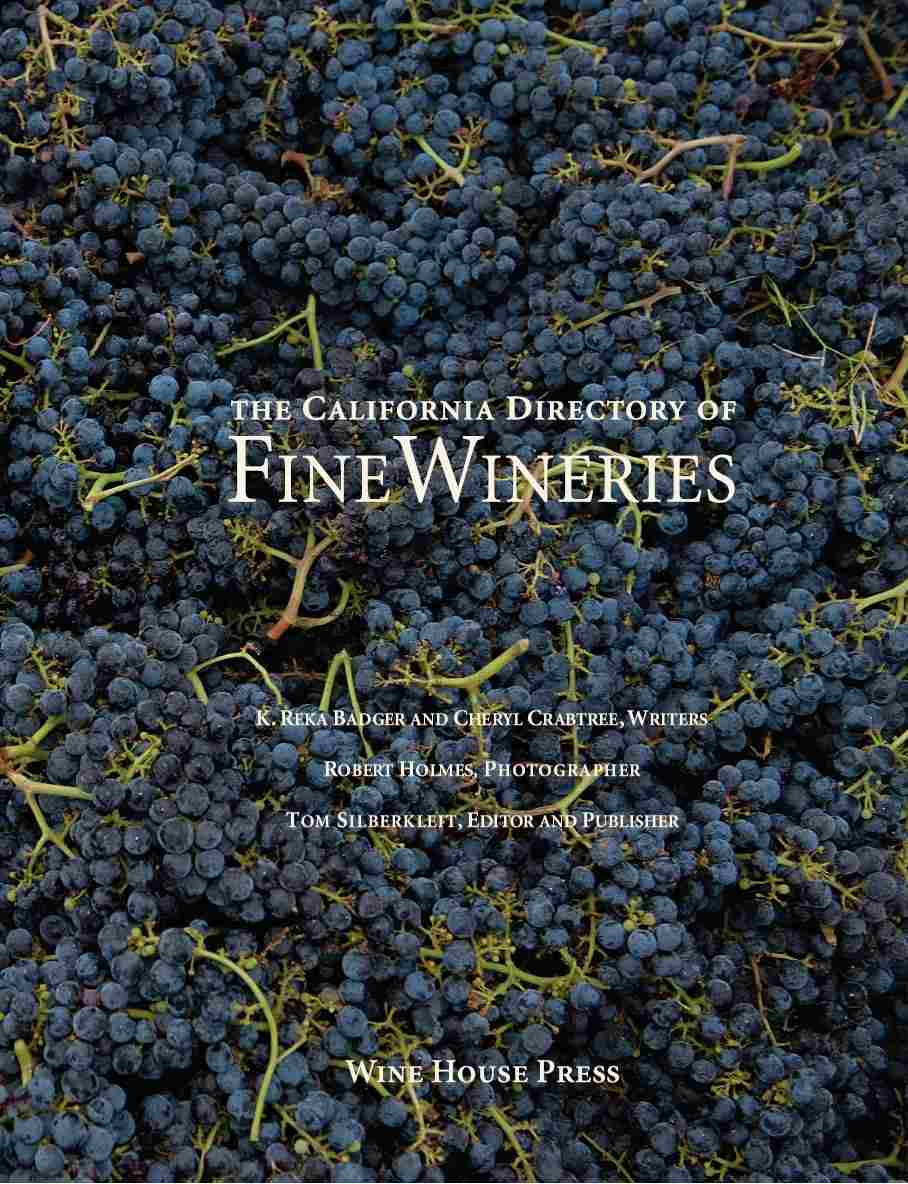
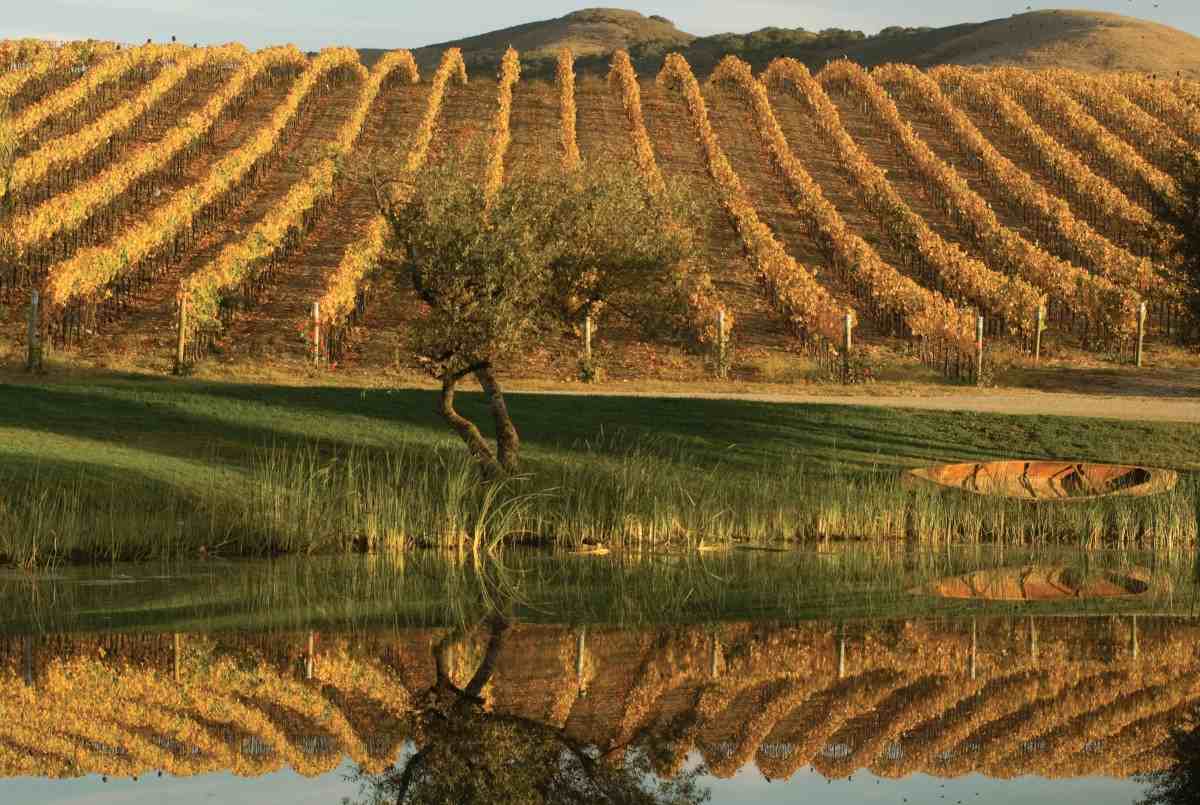
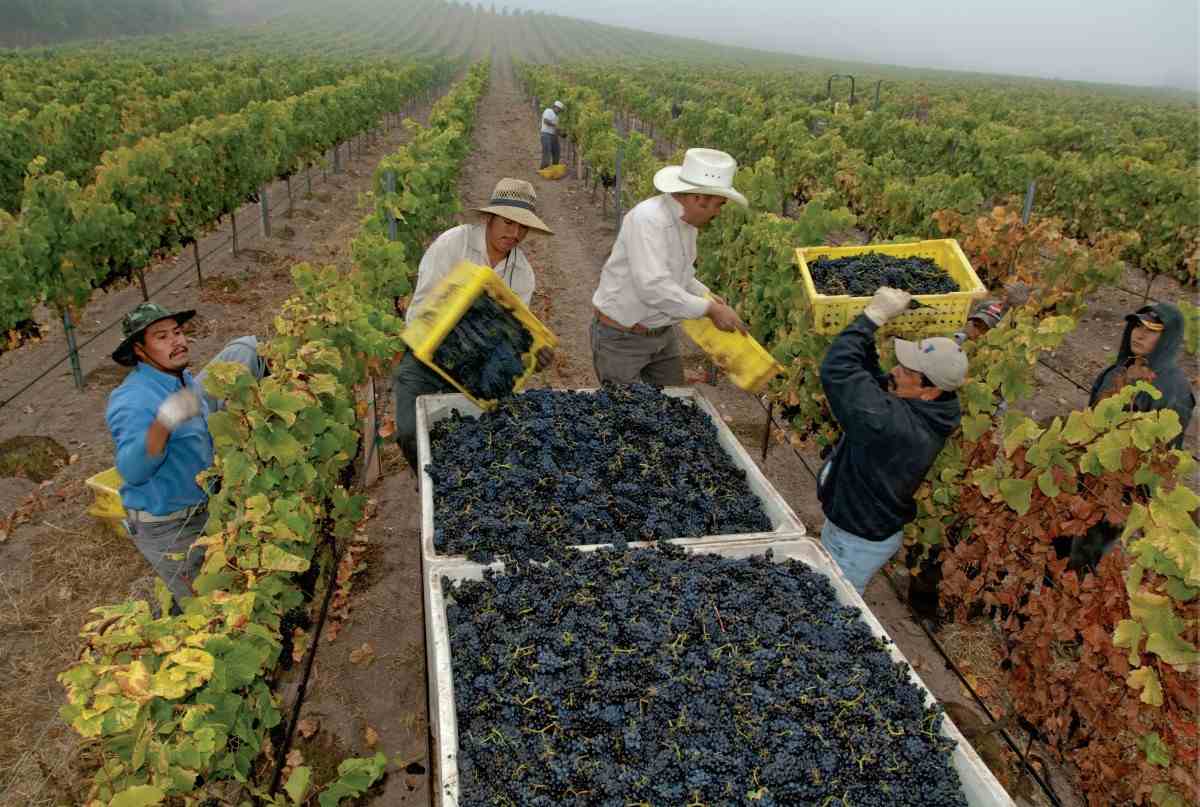
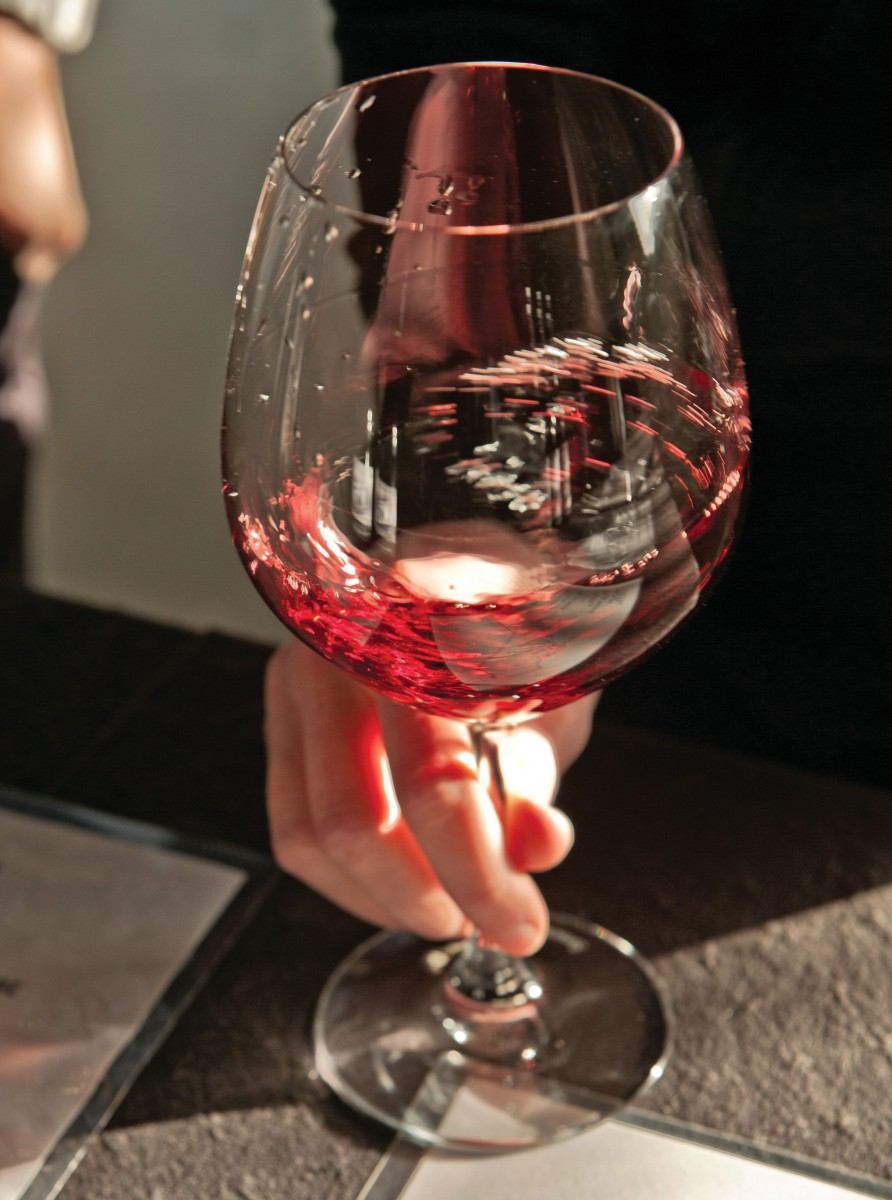

INTRODUCTION
N avigating Californias burgeoning Central Coast wine country can be intimidating. Hundreds of wineriesfrom enchanting estates to storefront tasting rooms, from nationally recognized labels to hidden gemscan be found throughout the counties of Santa Barbara and San Luis Obispo. They are waiting to be discovered. The challenge is in deciding where to go and how to plan a trip. This book will be your indispensable traveling companion.
The fifty-one wineries in this fully updated, second edition of The California Directory of Fine Wineries, Central Coast, are known for producing some of the regions most admired wines. From the moment you walk into these wineries and tasting rooms, you will be invited to converse and sample at a leisurely tempo. In this down-to-earth wine country, passionate vineyard owners and winemakers enjoy experimenting and strive to make distinctive wines that please themselves as well as their devoted customers. Whether you are a novice wine taster or a longtime connoisseur, I suggest that you try unfamiliar wines. Youll be rewarded with outstanding blends and local specialties often unavailable elsewhere.
Although the quality of the winemakers art is of paramount importance, the wineries are also notable as tourist destinations. Many feature distinctive contemporary architecture. Others are housed in meticulously preserved historic structures. Some host food-and-wine pairings, barrel tastings, art exhibits, concerts, grape stomps, and weekend barbecues. You will also enjoy taking informative behind-the-scenes tours, strolling through colorful gardens, and picnicking on the edge of the vineyards.
As you explore this region, youll encounter some of Californias most appealing scenery and attractionsmountain ranges, dramatic coastline, abundant parkland, and historic towns. Use the information in this book to plan your trip, and be sure to stop along the way to take in the sights. You have my promise that traveling to your destination will be as pleasurable as the wine tasted upon your welcome.
Tom Silberkleit
Editor and Publisher
Wine House Press
Sonoma, California
WHAT IS AN APPELLATION?
Winemakers often showcase the source of their fruit by citing an appellation, a word that refers to the geographical area where the wine grapes were grown. An appellation is a specific growing region that, in the United States, is usually determined by borders such as state and county lines, rather than by geography. When an appellation, such as Edna Valley or Santa Maria Valley, appears on a wine label, it indicates that at least 85 percent of the fruit for the wine came from that area.
Although frequently used interchangeably, the terms appellation of origin and American Viticultural Area (AVA) are not synonymous. AVAs, in contrast to appellations, are defined by natural features: soil types, climate, and topography such as rivers and mountain ranges. The U. S. Alcohol and Tobacco Tax and Trade Bureau (TTB) defines the characteristics of an AVA and has the authority to approve or deny applications for new AVAs. When wineries or other interested parties want to create an AVA, they must submit documented research to the TTB proving that the area has enough specific attributes to clearly distinguish it from surrounding areas.
Winemakers know that identifying the origin of the grapes can lend prestige to a wine, particularly if the appellation has earned a reputation for high quality. Naming a wines source also provides valuable information about whats inside the bottle. For instance, a Pinot Noir from the hundred-square-mile Santa Rita Hills appellation (abbreviated Sta. Rita Hills to distinguish it from a similarly named appellation in Chile) is likely to vary significantly from one sourced from the more generic California appellation, which includes grapes from all over the state. Moreover, informed consumers and wine connoisseurs know that a Chardonnay from the Santa Maria Valley, for example, is apt to display different aromas and flavors than a Chardonnay originating in Paso Robles.
When a winery located in one appellation uses grapes from another appellation to make a particular wine, the label indicates the source of the fruit, rather than the physical location of the winery. For instance, Thacher Winery, in the Paso Robles appellation, sometimes sources Syrah from Monterey County. Hence the label reads Thacher Winery Syrah, Coast View Vineyard, Monterey County.
Santa Barbara and San Luis Obispo counties currently contain or are located within the following appellations:
SANTA BARBARA COUNTY | SAN LUIS OBISPO COUNTY |
Central Coast | Arroyo Grande Valley |
Happy Canyon of Santa Barbara | Central Coast |
Santa Maria Bench (proposed viticultural area) | Edna Valley |
Santa Maria Valley | Paso Robles |
Santa Ynez Valley | Santa Maria Valley |
Sta. Rita Hills | York Mountain |
THE MAKING OF WINE
Most vintners agree that wine is made not in the cellar, but in the vineyard, where sun, soil, and watercollectively known as terroir impart varietal flavor. Growers select vineyard sites for many reasons, including exposure and low fertility, because lean soils often produce the most flavorful fruit. Based on the terroir, they plant varietals and clones (also called subvarietals) that will grow best, and then wait three years or longer for the vines to mature before ever picking a grape.
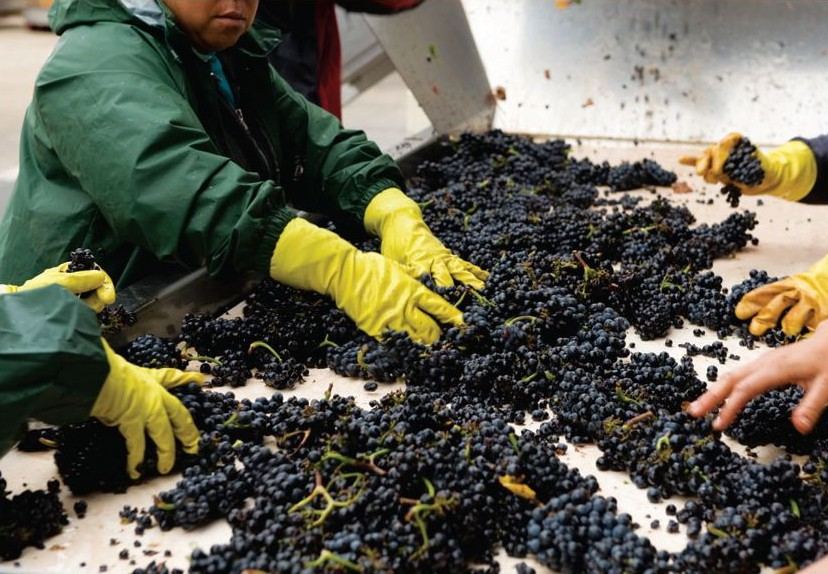
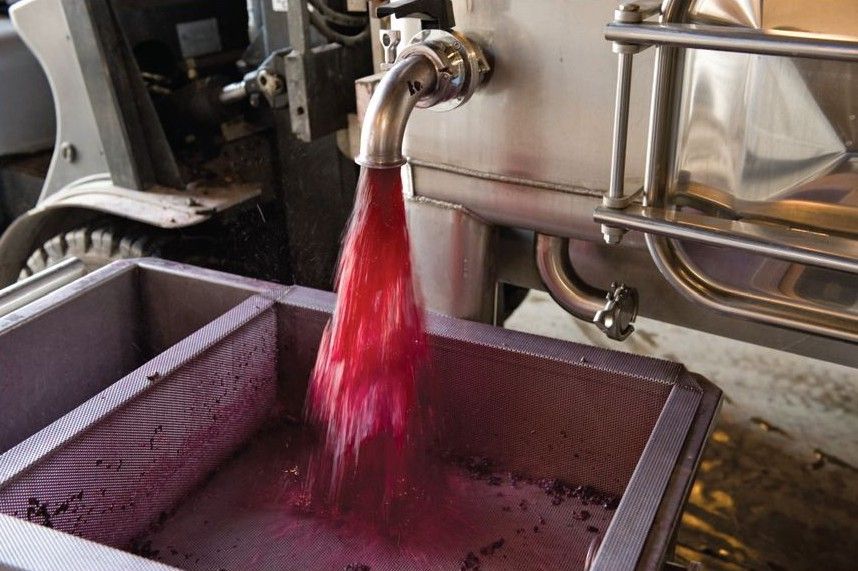
Harvest brings intense activity, as truckloads of ripe grapes roll into the winery, ready to be crushed and destemmed. After crush, white grapes are pressed, and their juice sent to barrels or stainless steel tanks for fermentation, while red grapes are fermented with skins and all to provide additional color and flavor. Winemakers introduce commercially grown yeast or sometimes rely on ambient wild yeast to trigger fermentation, a roiling process during which yeast converts grape sugar into alcohol and carbon dioxide. Fermentation stops when the yeast runs out of sugar, which results in a dry wine. Conversely, the winemaker may quickly chill the wine, killing the yeast and leaving behind a little residual sugar for sweetness.
Next page
